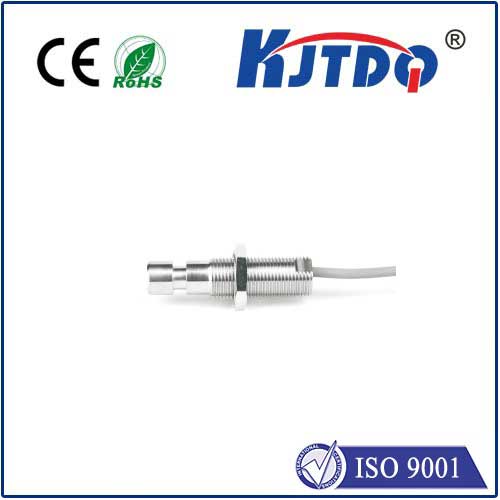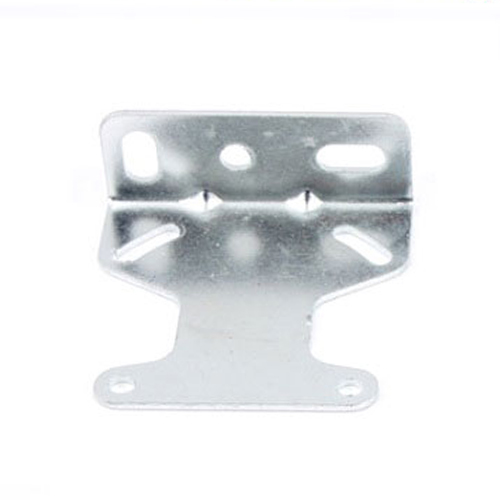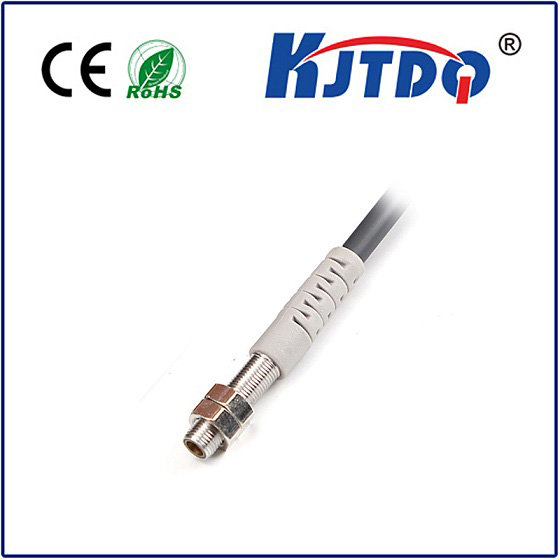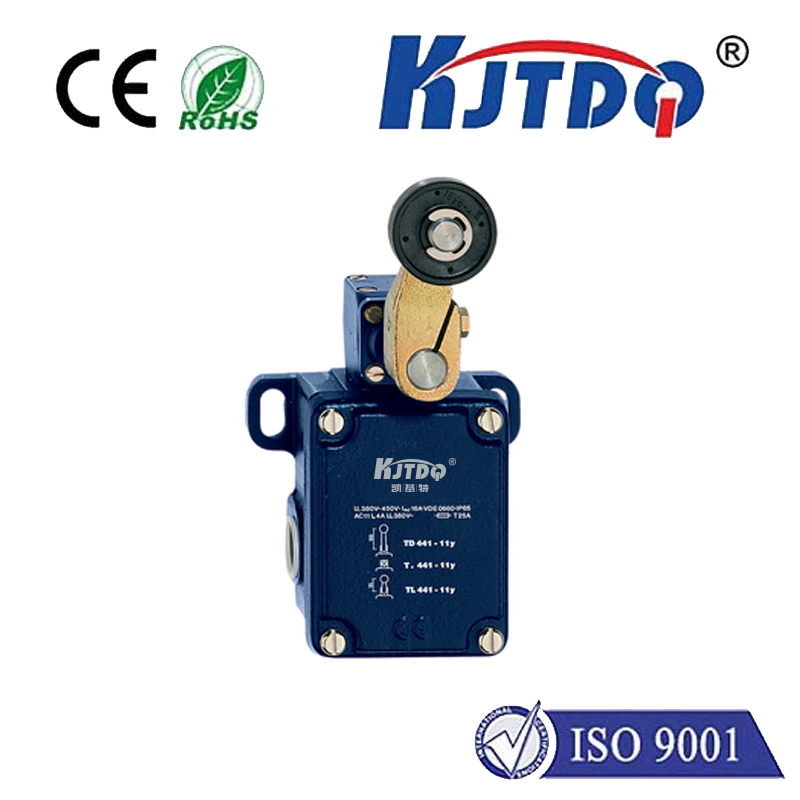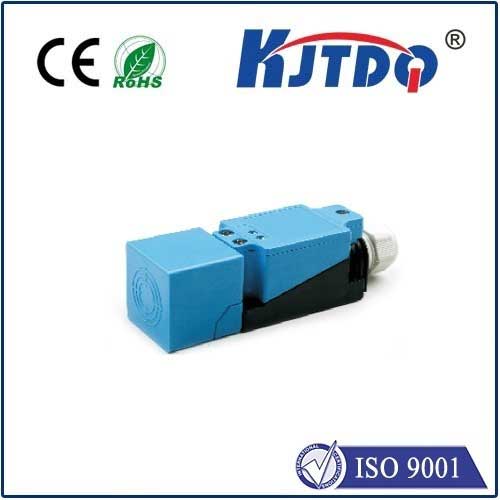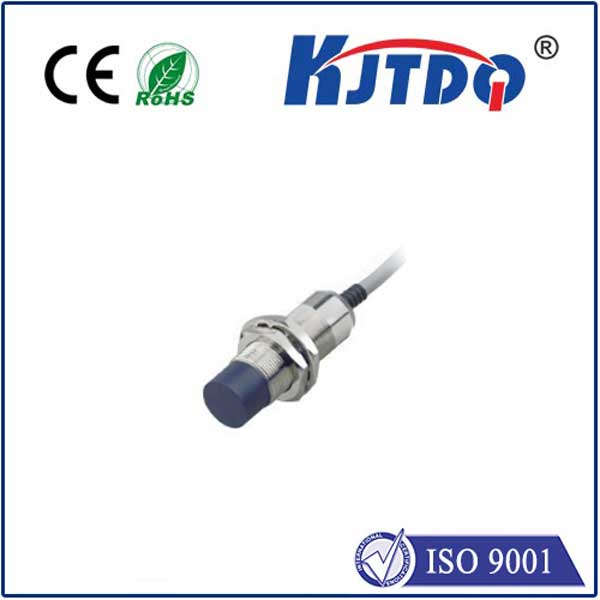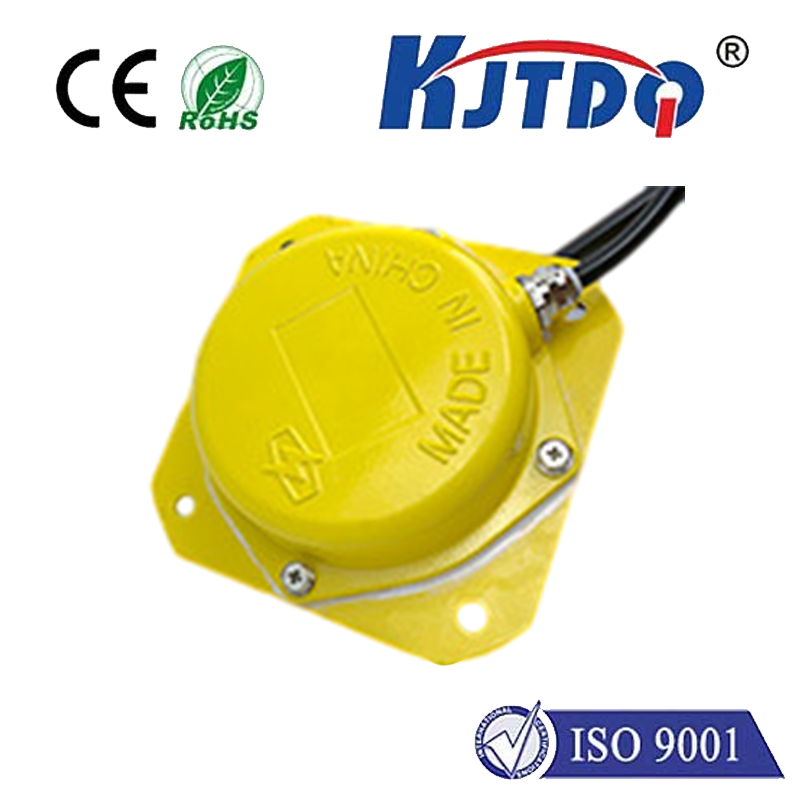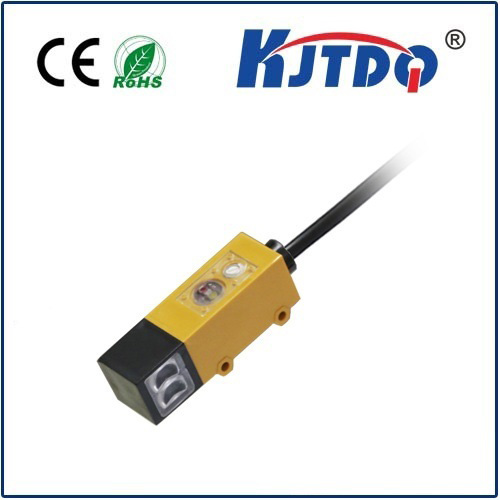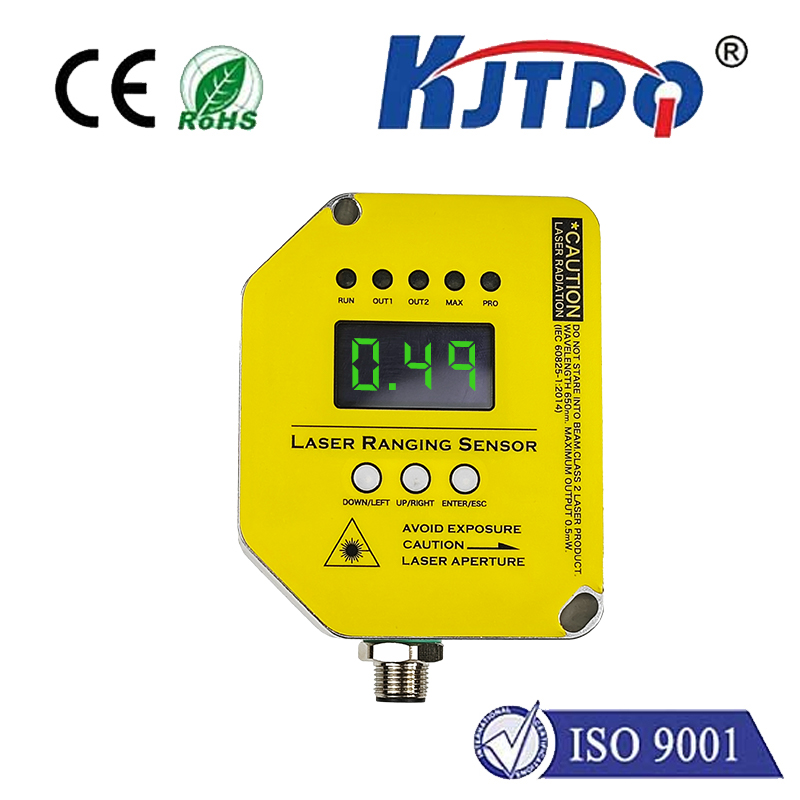

check

check

check

check

check

check

check

check

check

check
The limit switch actuator plays a crucial role in industrial and mechanical applications. It is an essential component of control systems that ensures precise positioning, prevents equipment damage, and enhances overall system performance. Understanding the different types of limit switch actuators available can help engineers and technicians select the right one for their specific application. In this article, we will explore various limit switch actuator types and their unique features.
1. Lever Type Actuators
Lever type actuators are commonly used in industrial machinery and equipment due to their simplicity and reliability. They consist of a lever arm that activates the limit switch when it comes into contact with an object or reaches a predetermined position. These actuators are easy to install and adjust, making them ideal for applications where space is limited or access is difficult.
2. Roller Type Actuators
Roller type actuators feature a roller attached to a spring-loaded arm that activates the limit switch as it rolls over a cam or other surface. This design provides smooth operation and reduces wear on the limit switch, extending its lifespan. Roller type actuators are well-suited for applications where high accuracy and repeatability are required, such as CNC machines and robotic arms.

3. Plunger Type Actuators
Plunger type actuators use a spring-loaded plunger to activate the limit switch upon contact with an object or surface. They offer a compact design and are often used in applications where space is at a premium, such as conveyor systems and packaging machinery. Plunger type actuators provide reliable performance in harsh environments and can be easily adjusted for different switching distances.
4. Piston Type Actuators
Piston type actuators utilize a piston mechanism to activate the limit switch when it comes into contact with an object or reaches a certain position. These actuators offer high precision and repeatability, making them ideal for applications requiring exact positioning, such as automated assembly lines and material handling systems. Piston type actuators are available in various sizes and configurations to suit different needs.
5. Tilting Type Actuators
Tilting type actuators are designed to activate the limit switch when tilted to a specific angle. They consist of a weighted arm that triggers the switch as it moves beyond a set angle. Tilting type actuators are commonly used in tank level monitoring, conveyor sorting systems, and other applications where orientation changes need to be detected.
6. Rotary Type Actuators
Rotary type actuators are designed to activate the limit switch based on rotary motion. They typically feature a shaft with an adjustment screw that triggers the switch at a predetermined angle of rotation. Rotary type actuators are suitable for applications involving rotating equipment, such as wind turbines and motor control systems.
In conclusion, understanding the different types of limit switch actuators available can help ensure optimal performance in various industrial and mechanical applications. Each type offers unique features and benefits, allowing engineers and technicians to select the most suitable option for their specific requirements. By choosing the right limit switch actuator, they can improve system efficiency, reduce maintenance costs, and enhance overall operational reliability.
